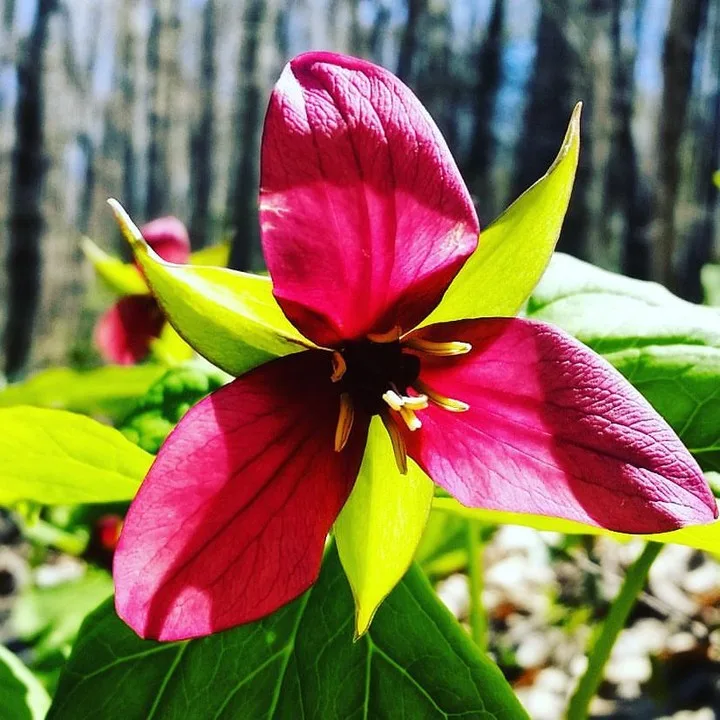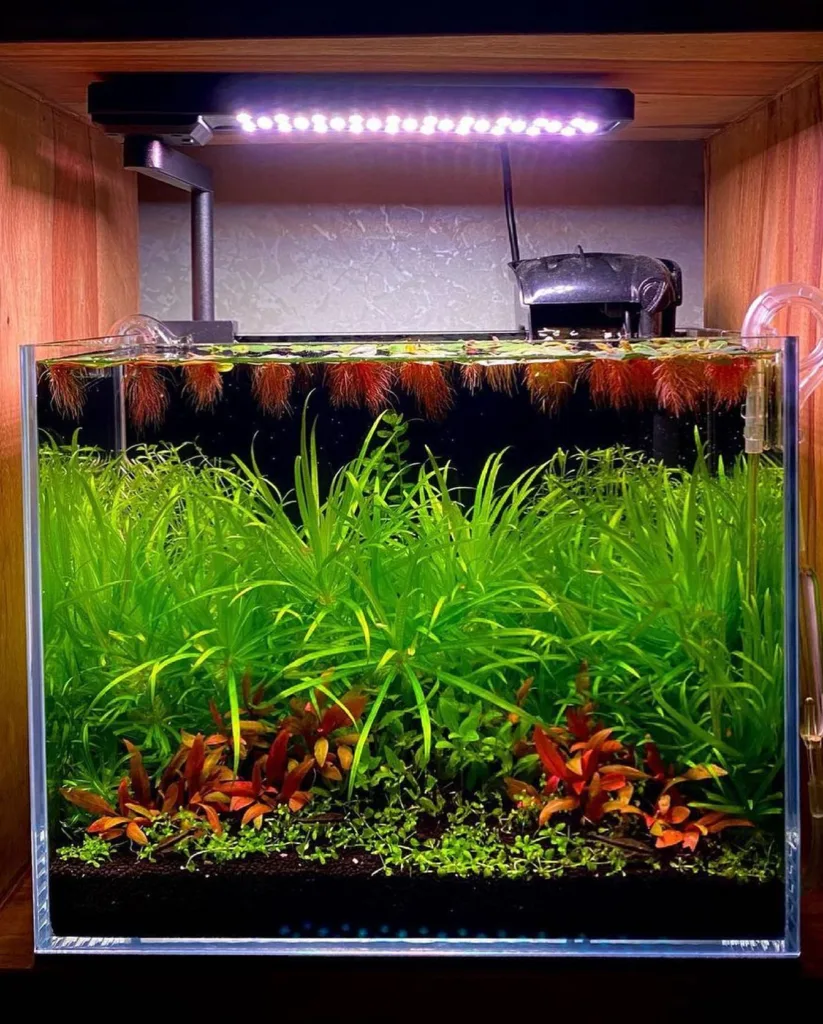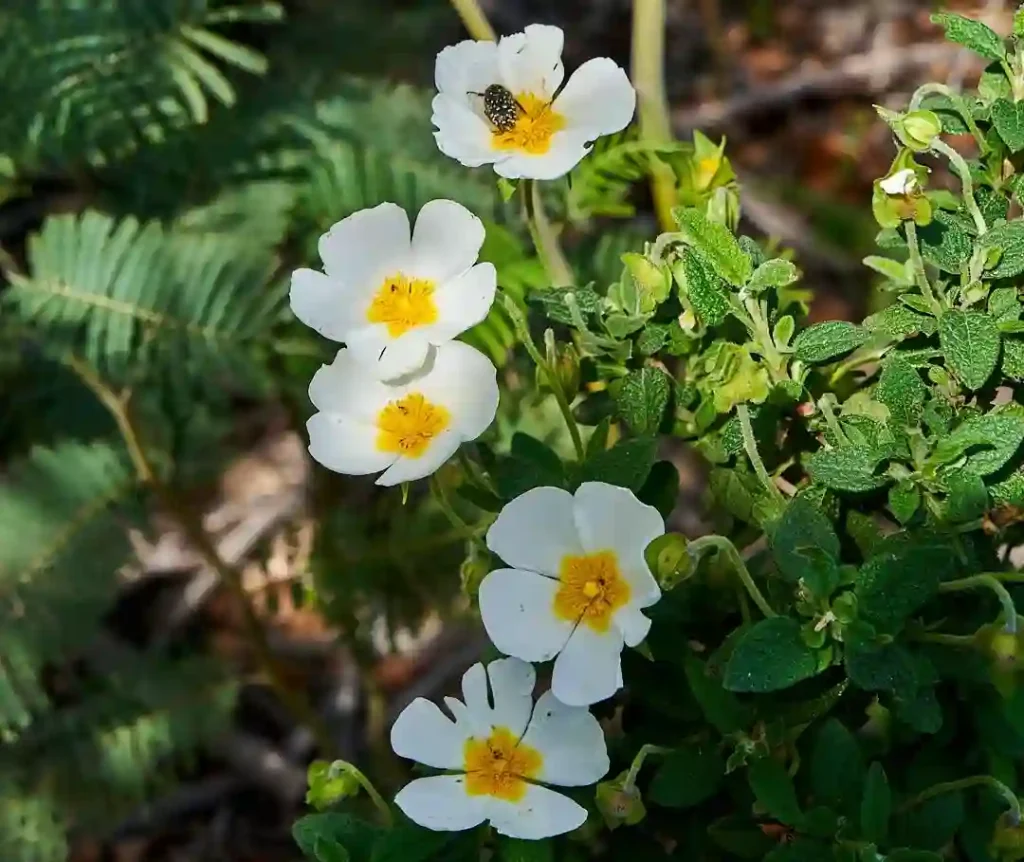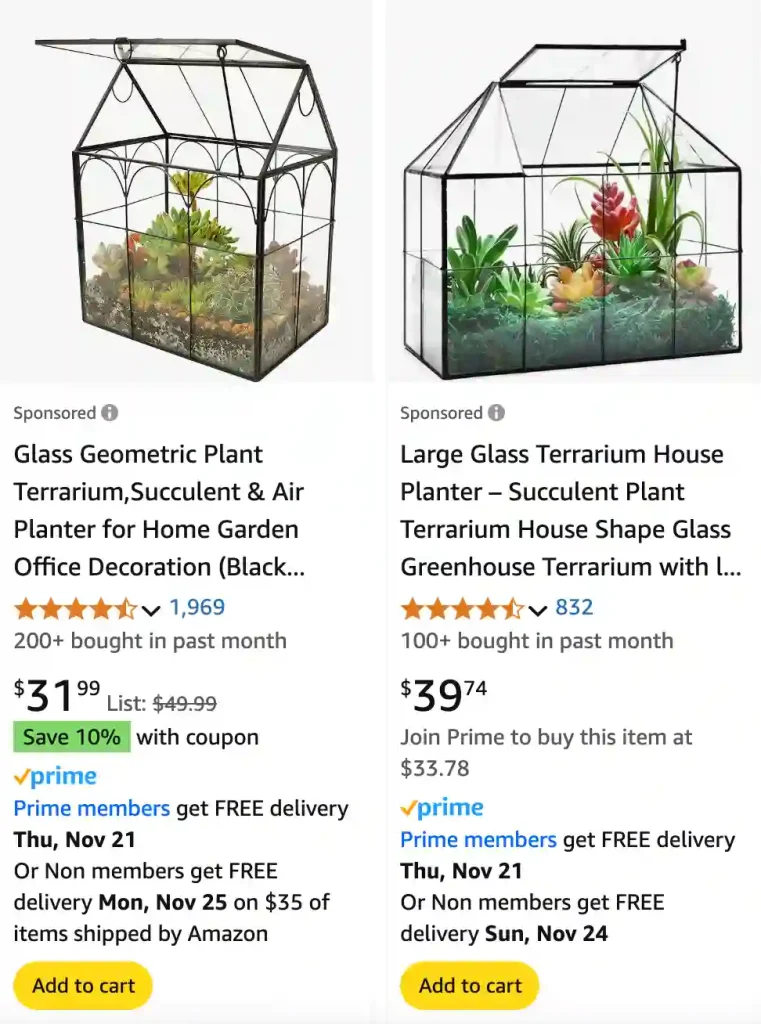
What is a terrarium?
For me, a terrarium is like a tiny glimpse into a secret world. It’s a little patch of green under glass, a self-contained ecosystem that always makes me smile. I love seeing the miniature plants thrive, their unique textures and vibrant colors all contained within the container. There’s something almost magical about watching the water cycle in action – seeing the condensation form on the glass and then drip back down to nourish the plants. My terrarium is a little oasis in my home, a reminder of the beauty and resilience of nature.
How to make a terrarium?
Building my first terrarium was a really satisfying project. I loved choosing the perfect glass container – I went with an old-fashioned apothecary jar for a vintage vibe. The layering process was surprisingly fun; there’s something so peaceful about arranging those little stones, the charcoal, and then the soft, earthy potting mix. Selecting tiny plants that would thrive together felt like playing a whimsical gardening game. Of course, the best part is watching your miniature world come to life, with leaves unfurling and dewdrops appearing like magic along the glass.
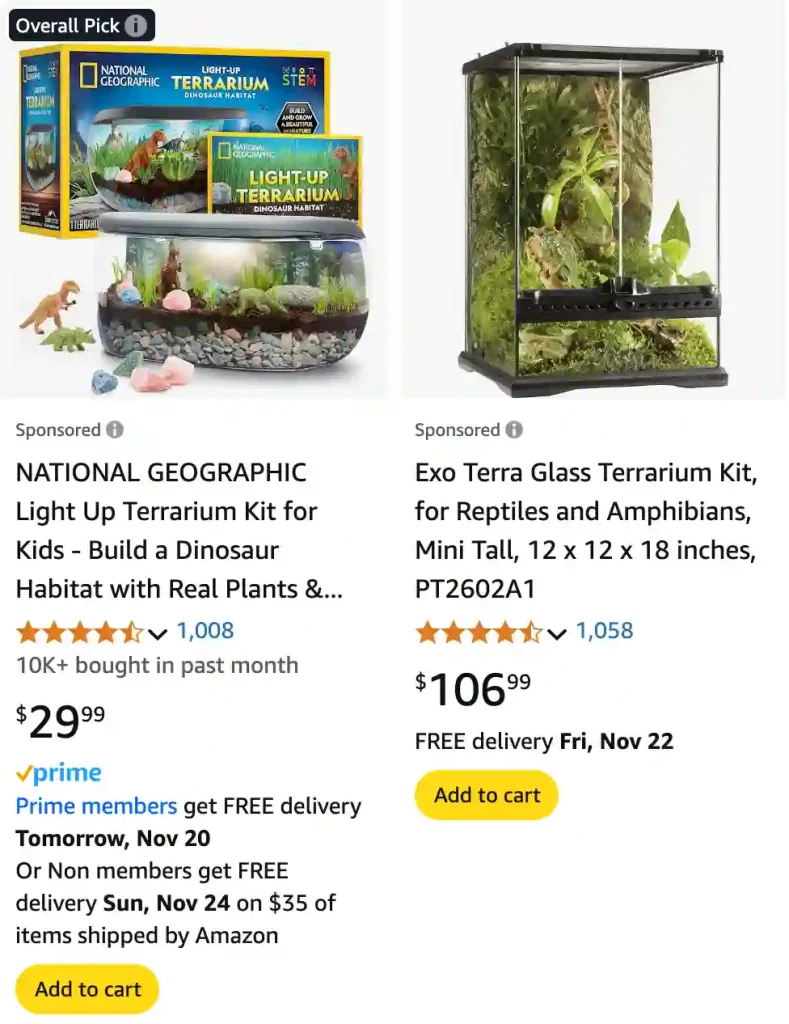
How to make a succulent terrarium?
I absolutely love how low-maintenance succulent terrariums are! The whole process is pretty simple. First, I find a cool glass container – something with a wide opening is best for easy planting. Then the fun starts! I put down a layer of pretty pebbles for drainage, then a bit of activated charcoal to keep everything fresh. Next comes special succulent potting mix, and finally, the stars of the show – tiny succulents! I try to pick a variety of shapes and colors for a really interesting look. A touch of decorative sand or a few miniature figures adds a final bit of personality. Honestly, succulent terrariums are the perfect project if you’re craving a bit of greenery but don’t have the best track record keeping plants alive!
Where to buy terrarium plants?
There are actually quite a few great options for finding terrarium plants:
Garden Centers & Nurseries: Your local nursery likely has a section dedicated to small houseplants, perfect for terrariums. Seek out varieties like ferns, mosses, fittonia, air plants, and miniature succulents.
Online Retailers: Several online shops specialize in terrarium plants. This is a fantastic choice if you’re looking for something unique or hard-to-find.
Craft Stores: Many craft stores now carry small terrarium kits, which include a selection of suitable plants. It’s a convenient way to get started!
Local Plant Enthusiasts: Check out Facebook groups or online forums for plant lovers in your area. You might be able to find interesting cuttings or swaps with other terrarium enthusiasts.
It’s always best to choose healthy-looking plants that will fit comfortably within your chosen terrarium container.
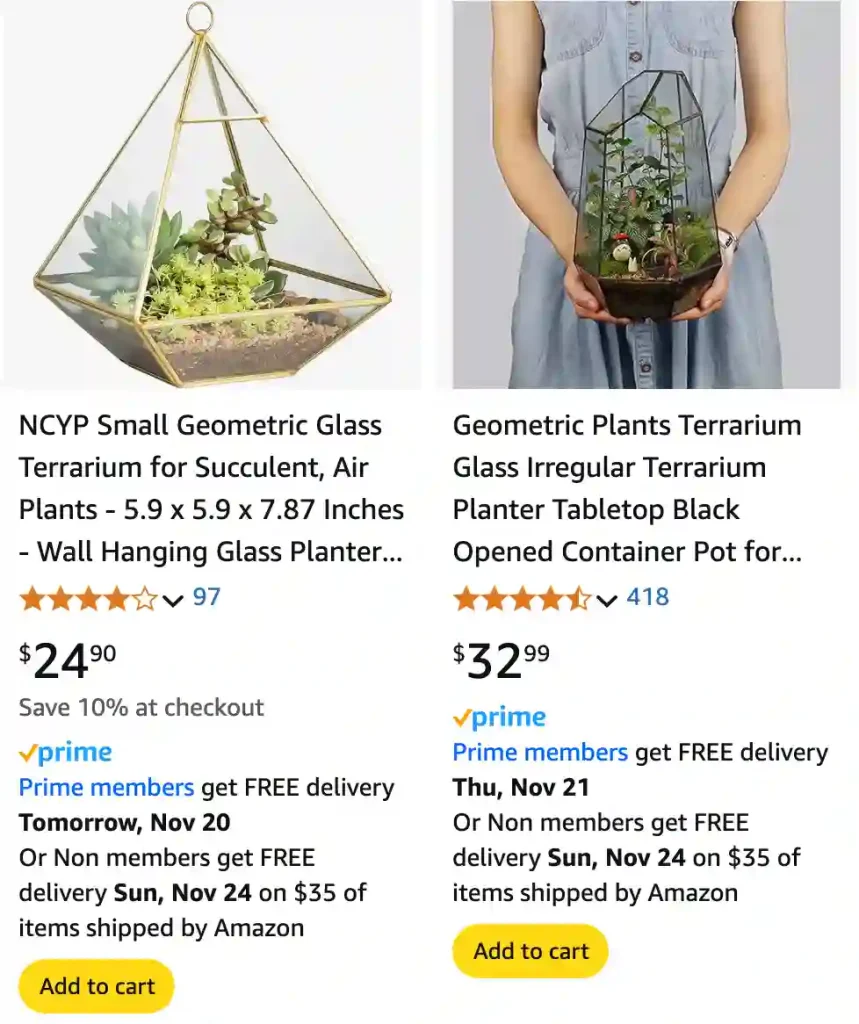
How to care for a terrarium?
Terrarium care is honestly much easier than I expected! The biggest thing is finding the right balance of light and moisture. I keep my terrarium in a spot with bright, indirect sunlight – too much intense sun can bake the plants. I watch for condensation – it’s a good indicator of how things are going inside. If there’s a lot of condensation, I’ll give my terrarium a little airing. If the inside starts looking completely dry, a light misting with filtered water usually does the trick. Besides that, I just give my plant babies the occasional trim if they get unruly, and admire how they’re flourishing in their own little world!
How do terrariums work?
Terrariums are fascinating little ecosystems! Basically, they work like miniature versions of the Earth’s water cycle. When I water my terrarium, the moisture evaporates from the soil and plants, then condenses on the glass. The water droplets eventually fall back down into the soil, creating a continuous cycle. This sealed environment keeps the humidity high, which is perfect for most terrarium plants. They also work through photosynthesis – the plants take in sunlight and carbon dioxide, releasing oxygen to keep the tiny environment balanced. It’s amazing how something so self-sufficient can be so beautiful!
What plants are good for terrariums?
Choosing the right plants is key to making a happy terrarium! Here are some of my favorites:
Moisture lovers: Ferns, mosses, fittonia (nerve plant), and creeping fig thrive in the humid environment of a terrarium.
Tiny Textures: Miniature peperomia, pilea, and baby tears add delightful textures and interesting shapes.
Pops of color: Air plants, some bromeliads, and even certain miniature orchids can add a splash of vibrant color to your terrarium.
Slow Growers: Since terrariums are small spaces, choosing slow-growing plants will help prevent overcrowding. Succulents are also a great low-maintenance option.
Do terrariums need sunlight?
Yes, terrariums do need light for the plants inside to survive, but it’s all about the right kind of sunlight! Think of it like this:
Bright, Indirect Light is Best: A spot near a window that doesn’t get harsh, direct sunbeams is ideal. This provides the light for photosynthesis without the risk of overheating your terrarium.
Avoid Direct Sun: Direct sunlight will act like a magnifying glass, potentially cooking your delicate terrarium plants and causing the inside to become too humid.
Artificial Light Works Too: If you don’t have a good spot with natural light, you can absolutely use artificial grow lights. Just make sure they’re the right type for plants and not too strong.
How to layer a terrarium?
Layering a terrarium is a surprisingly fun part of the process! Here’s how I like to do it:
Drainage: I start with a generous layer of pebbles or aquarium gravel at the bottom. This is super important to prevent the roots of your plants from sitting in soggy soil.
Separation: Next, I add a thin layer of something to separate the drainage from the soil. Activated charcoal is great for this, as it helps keep the terrarium fresh. You can also use a bit of sphagnum moss or even a piece of mesh screen.
Soil: Now comes the good stuff! Choose a potting mix specifically made for terrariums or create your own. I fill it up almost halfway, leaving space for the plants and any decorative elements.
Hardscape (optional): If you’re into it, this is the time to add small rocks, pieces of driftwood, or any little decorations you like.
Plants: Time for the stars of the show! Carefully arrange your plants, making sure the roots are snug in the soil.
Finishing Touches: You can add a final sprinkle of decorative sand, some mini figurines, or even a little moss to dress things up.
The key is to have fun and experiment! Each layer serves a purpose, but there’s room for creativity too.
How long does terrarium last?
The lifespan of a terrarium can vary dramatically! Here’s why:
The Perfect Balance: Under ideal conditions, a well-designed closed terrarium can potentially last for years, even decades! The record is a sealed terrarium that’s been thriving for over 50 years.
The Average Case: However, most terrariums tend to last between a few months and a couple of years. Several factors contribute to this, like plant choice, light, and how well-balanced the moisture levels are.
Common Challenges: The biggest challenges are usually overwatering (leading to mold or rot) or choosing plants that outgrow their space too quickly.
The Joy of Renewal: Even if your terrarium doesn’t last forever, don’t worry! Part of the fun with terrariums is watching them evolve – you can prune, replant, or even completely redesign them as time goes on.
So, while they might not be immortal, terrariums can definitely provide long-term joy with a bit of attention and care.
How to keep humidity up in terrarium?
Keeping the humidity at the right level is key for a thriving terrarium! Here are some of my favorite tricks:
Choose the Right Container: A fully enclosed container is best for high humidity plants. If you have a terrarium with an open top, you might need to adjust your plant choices.
Water Wisely: Don’t overdo it! Misting occasionally is usually enough, but watch your plants – they’ll tell you if they’re getting thirsty. Let the soil slightly dry out between waterings.
Create a Mini Greenhouse: If your terrarium has an opening, you can partially cover it with plastic wrap or a glass lid to trap more moisture.
Add a Water Feature: A tiny fountain or even just a small decorative bowl of water can increase humidity naturally.
Choose Moisture-Loving Plants: Ferns, mosses, and many tropical plants thrive in high humidity environments, making them perfect terrarium inhabitants.
Bonus tip: Keep your terrarium away from direct sunlight and heating vents, which can dry things out too quickly.
How to make a snail terrarium?
Making a snail terrarium is a fun way to observe these gentle creatures! Here’s what you’ll need and how to set it up:
Materials:
Container: A glass jar, aquarium, or a clear plastic container with a lid (make sure it has some ventilation holes).
Substrate: Potting soil, coconut coir, or a specialized snail substrate mix. Aim for a depth of about 2-3 inches.
Hiding Spots: Pieces of bark, a small flower pot turned sideways, or smooth rocks provide places for your snails to relax out of sight.
Food Dish: A shallow dish for easy feeding and cleaning.
Water: A shallow water dish or a spray bottle for misting.
Snails: Of course! Choose a type of land snail suitable for your climate and terrarium size.
Optional: Live plants (snail-safe varieties), moss, and leaf litter.
Setting it Up:
Clean and Prepare: Wash the container and any decorations thoroughly.
Layer the Substrate: Add your chosen substrate and moisten it lightly.
Arrange Decor: Add hiding spots, plants (if using), and the food and water dishes.
Introduce Your Snails: Gently add your snails to their new home.
Mist and Maintain: Mist the terrarium regularly to keep the humidity up. Provide fresh food like vegetables, fruit, and a calcium source (cuttlebone or crushed eggshells).
Important Notes:
Do your research! Different snail species have slightly different needs.
Keep it clean: Remove uneaten food to prevent mold, and change out the substrate periodically.
Enjoy observing: Snails are fascinating creatures; watch them explore, eat, and even sleep!
Where to buy live moss for terrariums?
There are a few great places to find live moss for your terrarium projects:
Local Nurseries & Garden Centers: Many nurseries carry a variety of live mosses, especially those that specialize in houseplants or terrarium supplies.
Online Retailers: Several online shops specialize in terrarium plants, including mosses. This is a great option for finding specific varieties or larger quantities.
Craft Stores: Check the terrarium or floral section of your local craft stores. They often have small kits or individual packs of live moss.
Plant Enthusiast Communities: Check out online forums, Facebook groups, or local plant swaps focused on terrarium enthusiasts. You might be able to find cuttings, trades, or recommendations for sellers within your area.
Tips:
Choose healthy moss: Look for bright green, lush moss with no signs of wilting or brown spots.
Variety is Fun: Consider getting a mix of moss types (like sheet moss, mood moss, etc.) for different textures and looks within your terrarium.
Why put isopods in terrarium?
Adding isopods to your terrarium is like having a tiny cleaning crew that also happens to be kind of cute! Here’s why they’re such beneficial additions:
Natural Decomposers: Isopods are little recycling machines! They munch on decaying leaves, leftover food, and even mold, helping break down organic matter and releasing nutrients back into the soil for your plants.
Soil Aeration: As they tunnel around and burrow, isopods help aerate the soil, improving its structure and allowing for better root growth.
Mold & Pest Control: They can help to prevent mold outbreaks and even control some small pests that might try to invade your terrarium.
Bioactivity Boost: Isopods are a key part of creating a truly bioactive terrarium, a self-sustaining little ecosystem with its own natural cleanup crew.
Interesting to Watch: Isopods might be tiny, but they’re strangely fascinating. Watching them go about their business adds another layer of life to your terrarium.
Bonus: Isopods are easy to care for and can even reproduce within your terrarium, helping maintain a continuous population of these little helpers.
What size terrarium for a bearded dragon?
Unfortunately, a terrarium is absolutely not a suitable habitat for a bearded dragon. Here’s why:
Size: Bearded dragons need a lot of space. The absolute minimum tank size for a single adult is 4 feet long by 2 feet wide by 2 feet tall (120 gallons). Terrariums are usually far too small to accommodate this.
Ventilation: Terrariums designed for plants tend to have high humidity and limited airflow. Bearded dragons need a dry, desert-like environment with good ventilation to prevent respiratory problems and other health issues.
Temperature Control: Bearded dragons need very specific temperature gradients, with a basking spot on one side and a cooler area on the other. This is difficult to achieve and maintain in the enclosed space of a terrarium.
Natural Behaviors: Bearded dragons need room to run, climb, and explore. A terrarium simply won’t provide the space and enrichment they require for a healthy life.
The Right Choice: Instead of a terrarium, bearded dragons need a large, well-ventilated reptile enclosure made of materials like wood, PVC, or specialized screen cages. These provide the space, airflow, and ability to properly regulate temperature that these fascinating lizards need.
Can you put lichen in a terrarium?
Yes, you can put lichen in a terrarium, but there are some important factors to consider for its success:
Type of Lichen: Some lichens are better suited to terrarium conditions than others. Look for varieties that naturally prefer moist, shaded environments. Reindeer moss is a popular choice.
Terrarium Type: Lichen will do best in an open terrarium or a closed terrarium that you can open occasionally for ventilation. Fully closed terrariums tend to become too humid over time for most lichens.
Light: While lichen need some light, avoid intense, direct sunlight. Bright, indirect light is best.
Moisture: Keep the lichen moist but not soggy. Mist it regularly, but allow some airflow to prevent mold growth.
Patience: Lichen are notoriously slow growers, so don’t expect a lush carpet overnight. It may take time for them to fully establish themselves.
Challenges:
Mold: Lichen can be susceptible to mold in overly humid terrariums. Good ventilation is key.
Adaptability: Some lichen species simply won’t thrive in a terrarium environment, no matter how much care you provide.
Tips:
Source responsibly: Collect lichen sustainably or purchase from a reputable source that specializes in terrarium plants.
Experiment: Try a small piece first and see how the lichen does before adding more.
Does a terrarium need a lid?
Whether or not your terrarium needs a lid depends entirely on the type of environment you want to create and the plants you choose:
Closed Terrariums (With Lids)
Purpose: Create a self-sustaining, high-humidity environment.
Best for: Tropical plants that love moisture like ferns, mosses, fittonias, etc.
Pros: Very low maintenance, with watering needed only occasionally.
Cons: Prone to mold if too wet, and limited plant choices.
Open Terrariums (Without Lids)
Purpose: Provide an airy environment with moderate humidity.
Best for: Plants that prefer drier conditions, like succulents, cacti, and some air plants.
Pros: Less risk of mold, wider variety of plant choices.
Cons: Require more frequent watering or misting.
Hybrid Approach:
You can partially cover an open terrarium with a lid or plastic wrap to temporarily increase humidity if needed.
The Choice is Yours: Ultimately, it’s up to you! Consider the plants you’d like and how much maintenance you’re willing to do. Both open and closed terrariums can be beautiful and enjoyable.
If i die, water my plants!

